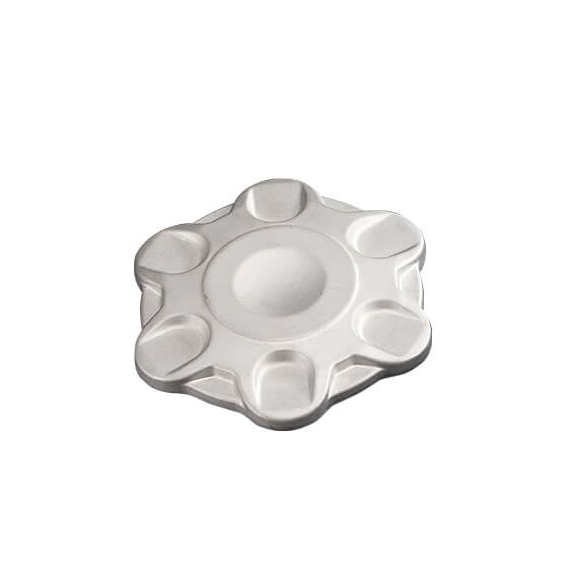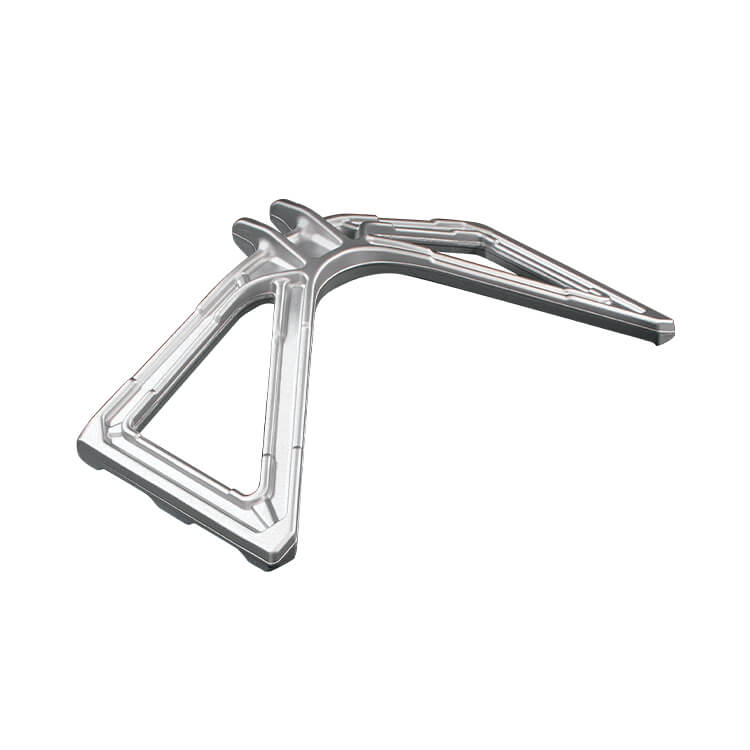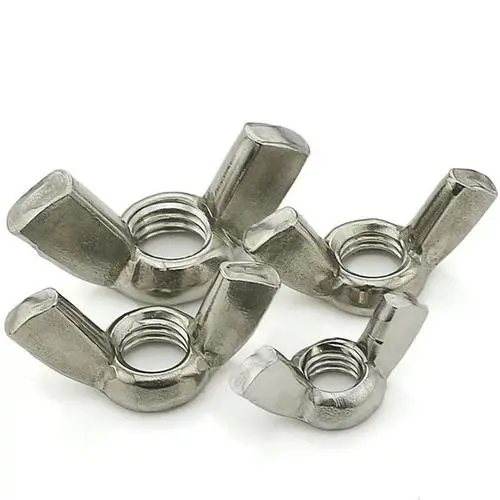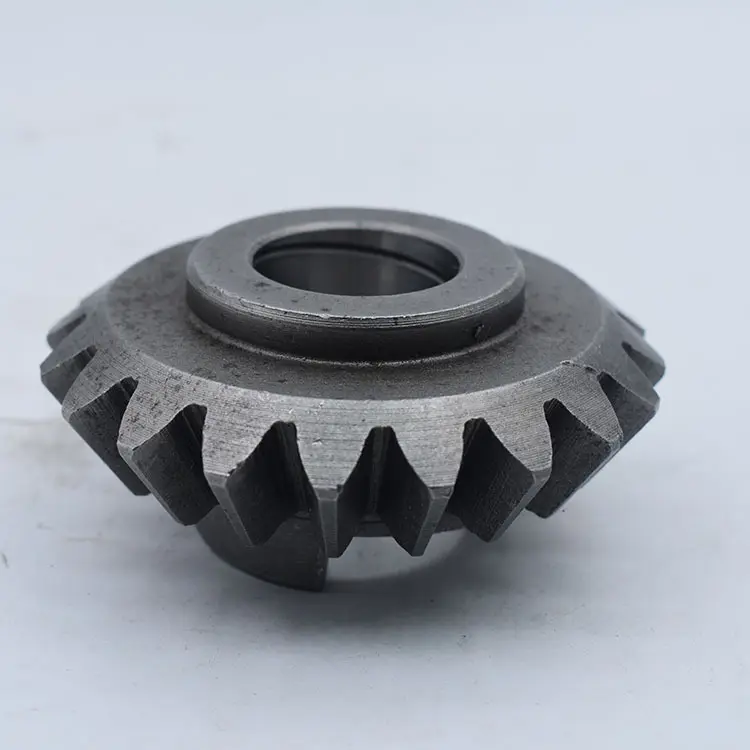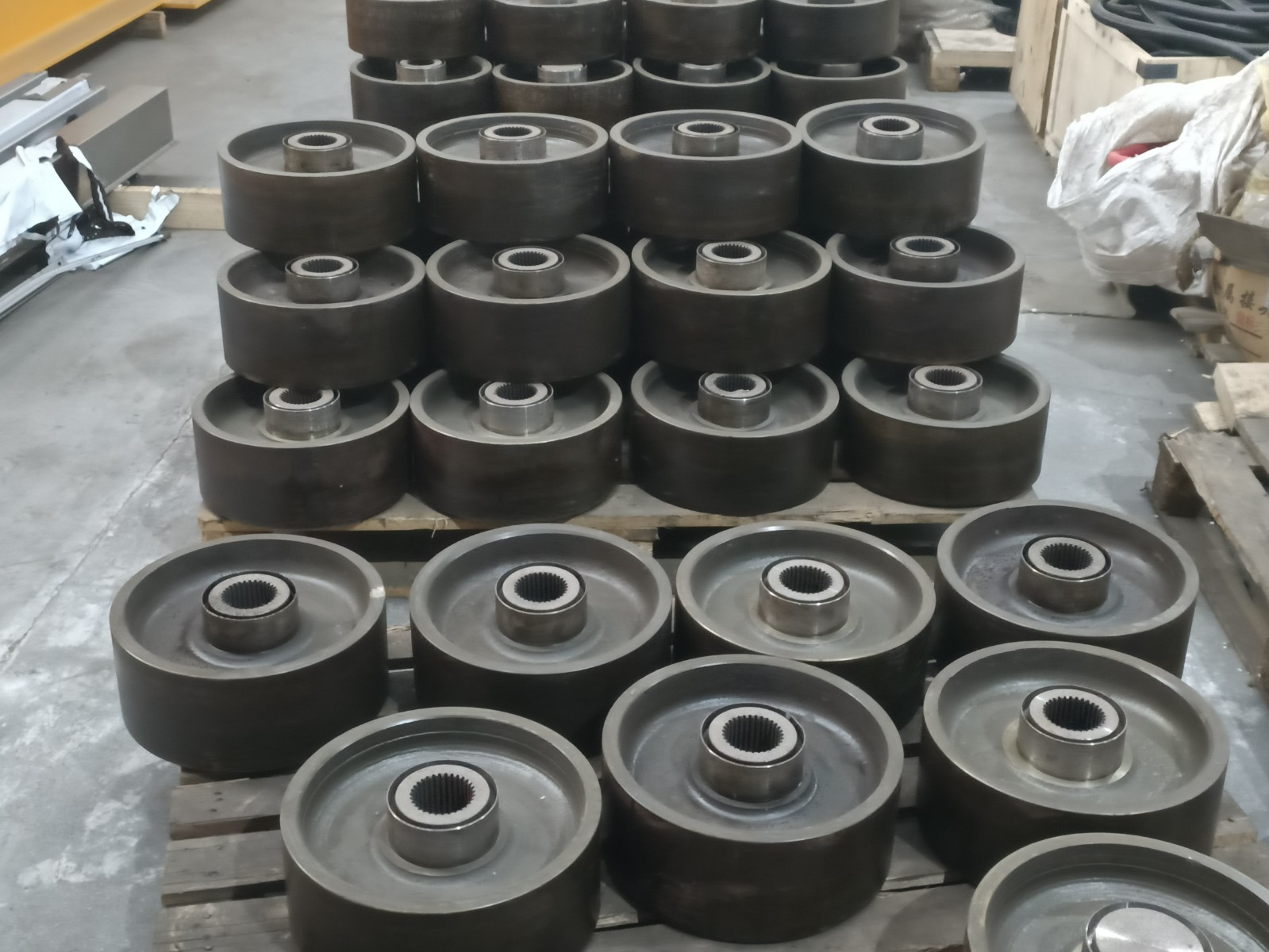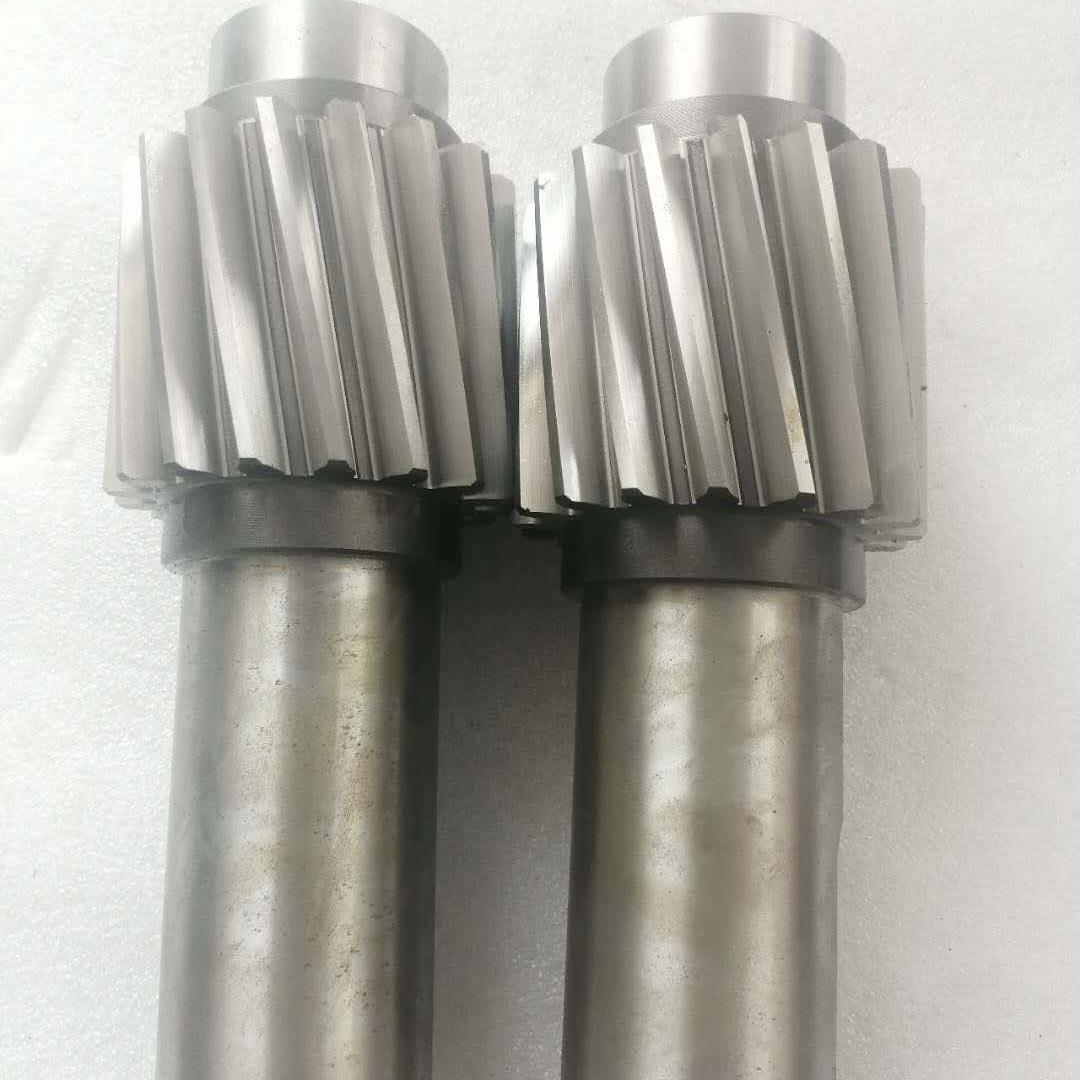Cutting Machine Pinion Forgings
Cutting machine pinion forgings refer to the pinion parts used in the transmission device of cutting machines, which are usually manufactured through a forging process. Forging is a common metal forming process that applies pressure to metal materials to cause them to plastically deform under stress, thereby obtaining parts with the required shape and properties.
Cutting machine pinion forgings refer to the pinion parts used in the transmission device of cutting machines, which are usually manufactured through a forging process. Forging is a common metal forming process that applies pressure to metal materials to cause them to plastically deform under stress, thereby obtaining parts with the required shape and properties.
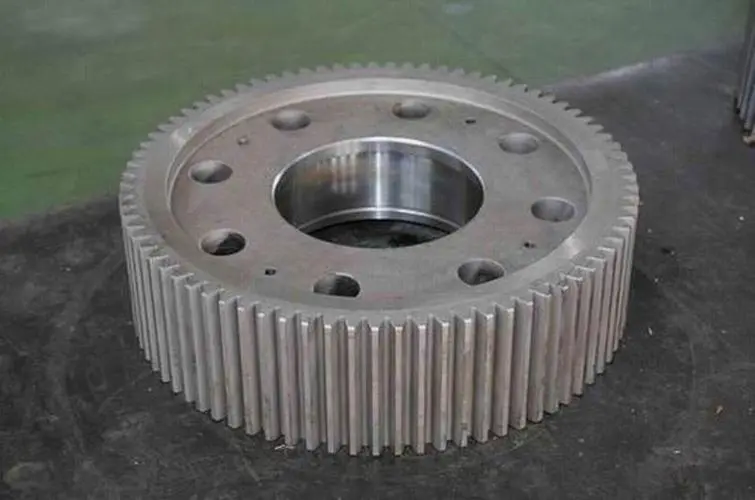
Manufacturing process:
● Material preparation: Select a suitable metal material, usually high-strength alloy steel or carbon steel, to meet the requirements of the cutting machine transmission device.
● Heating: Heating a metal material to an appropriate temperature, usually above its recrystallization temperature, to improve the plasticity and forgeability of the material.
● Forging: Place the heated metal material on the forging machine, apply appropriate pressure and impact force, so that it undergoes plastic deformation under the action of the mold, and gradually forms the shape of the pinion.
● Heat treatment: Heat treatment is performed on forgings to eliminate internal stress and obtain the required mechanical properties and organizational structure.
● Machining and dressing: Finish machining of forgings, including turning, milling, grinding and other processes, to achieve specified size and accuracy requirements.
● Surface treatment: Surface treatment of forgings, such as heat treatment, coating, painting, etc., to improve its corrosion resistance and appearance quality.
Cutting machine pinion forgings have the advantages of high strength, wear resistance and good transmission performance. They are widely used in various cutting machinery and equipment to transmit power and achieve cutting work. Its manufacturing process requires strict control of material selection, heating temperature, forging process and subsequent processing to ensure the quality and performance of forgings.






